Ah, the mysterious world of fish hydration. Have you ever wondered if fishes actually drink water?
Well, get ready to dive into the fascinating realm of fish physiology and find out!
Understanding Fish Physiology

In the enchanting realm of marine life, the study of fish physiology offers a fascinating glimpse into the inner workings of these captivating creatures.
From the vivid hues of the clown triggerfish to the resilient spines of sea urchins and the vibrant ecosystems of coral reefs, each aspect of fish physiology contributes to their unique characteristics and survival strategies.
Triggerfish species, such as the picasso triggerfish (Rhinecanthus aculeatus), showcase an array of physical adaptations. From their powerful jaws to specialized dorsal fins, these marine fishes exhibit traits tailored to their environments.
In reef ecosystems, the clown triggerfish and painted triggerfish (Balistoides conspicillum) act as state fish, helping to deter predators and maintain the balance of their habitats.
From spawning grounds to nesting sites, fish species employ various reproductive strategies. Many fish lay eggs that hatch into tiny, vulnerable fry, while others, like the bursa triggerfish (Rhinecanthus verrucosus), utilize stinging anemones to protect their young.
As marine fishes thrive in the vast oceans, their tank mates and other fish in the reef tank must coexist harmoniously. Some, like the crosshatch triggerfish (Xanthichthys mento), are known for their occasional grunting sound, while others may be aggressive fish when competing for resources.
The indo-pacific region and western Atlantic are home to many fish species, each showcasing unique physiological traits. The gray triggerfish (Balistes capriscus) stands out with its oval-shaped body and wedge tail, while the titan triggerfish (Balistoides viridescens) mesmerizes with its striking colors.
In the aquarium trade, some fish species, like the clown triggerfish, are sought-after for their beauty and distinctive traits. To ensure their well-being, creating suitable tank conditions with ample room and compatible tankmates is essential.
The Role of Gills in Fish Hydration

Gills not only act as the fish’s respiratory system but also play a crucial role in the hydration process. As fish respire, they also absorb water through their gills, thus obtaining a significant portion of their required hydration.
How does this work? Well, as water passes over the gill filaments, oxygen is extracted while water molecules are simultaneously absorbed through the thin membranes of the gills. This process, known as osmosis, allows fish to maintain their hydration levels even in the watery environment they inhabit.
It’s fascinating to think that fish have evolved to utilize their respiratory system not only for breathing but also for obtaining water, ensuring they can thrive in their aquatic habitats.
How Fish Absorb Water Through Their Skin
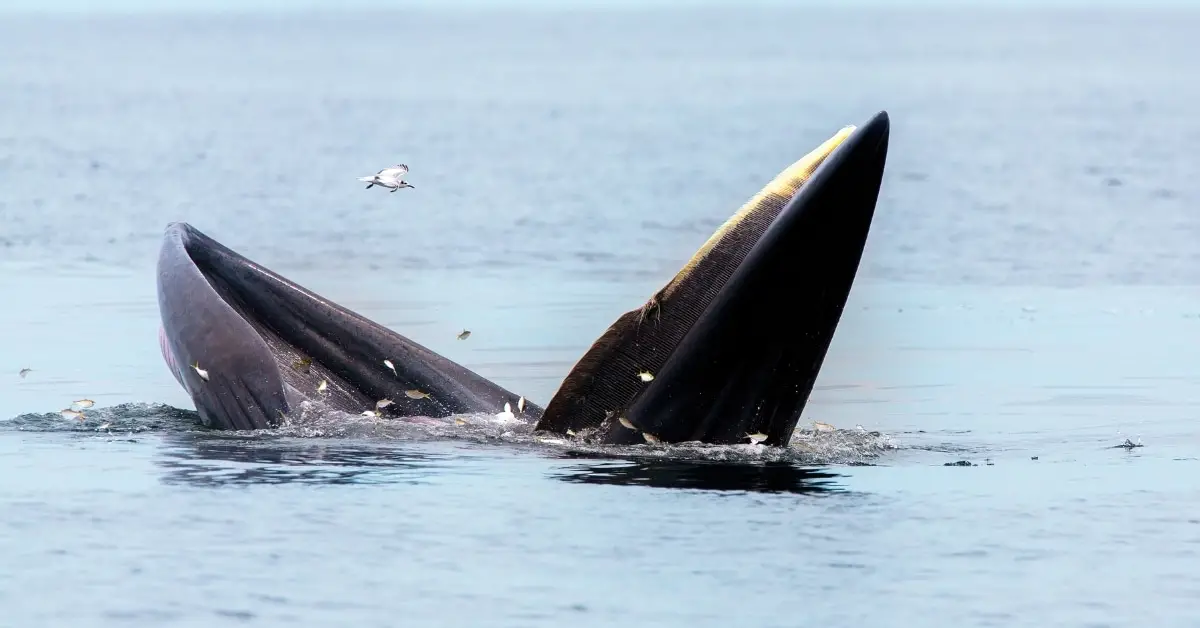
While you might wonder, “do fishes drink water?” the answer lies in their unique method of water absorption through their skin. Fish, including various marine fishes like the clown triggerfish and picasso triggerfish, are well-adapted to their environments, including the coral reefs and reef tanks they inhabit.
Unlike terrestrial animals, fish don’t drink water in the traditional sense. Instead, they absorb water through their skin and gills. This process, known as osmoregulation, helps maintain the right balance of water and salts in their bodies. Some species, like the crosshatch triggerfish, utilize their powerful jaws to crush crustaceans, while others, like the stone triggerfish, build nests to protect their eggs.
In the indo-pacific region and western Atlantic, where most species reside, fish have evolved to thrive in subtropical waters and shallow waters. Some, like the gray triggerfish, are reef safe, while others, like the titan triggerfish, are known to make a distinct grunting sound.
Fish absorb water through their skin, employing remarkable adaptations to thrive in their habitats. From their dorsal fin to their pecoral fins, these unique creatures contribute to the mesmerizing beauty of coral reefs while maintaining a delicate balance with other tankmates and invertebrates.
Do Fishes Drink Water Like Other Animals?
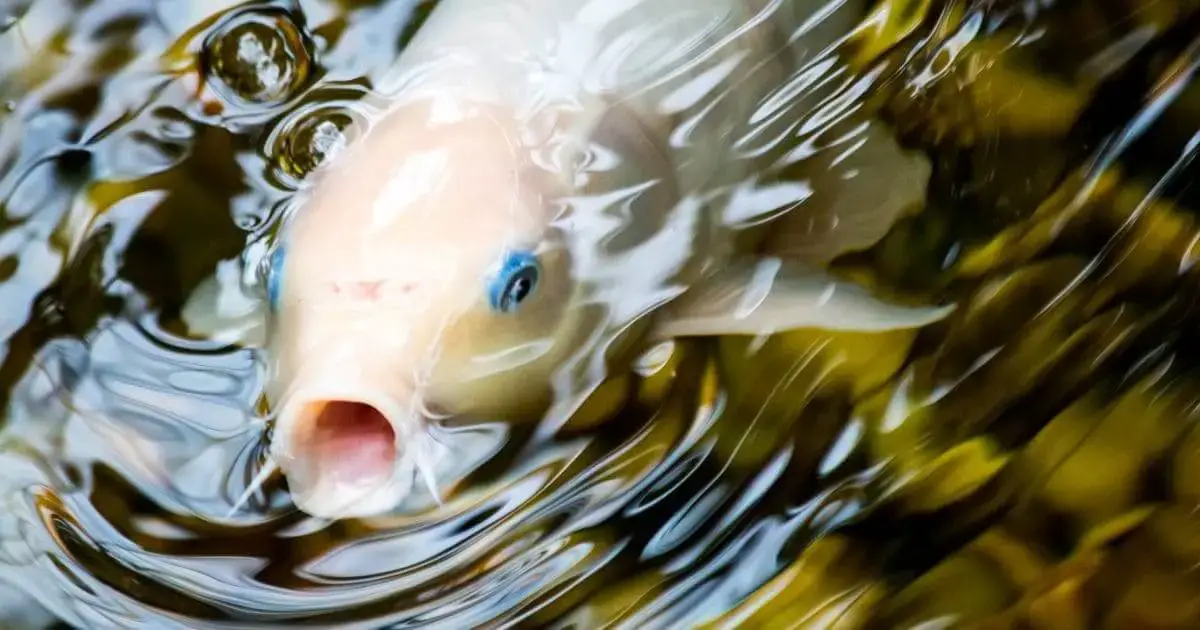
Now, let’s compare the hydration habits of fish to those of their land-dwelling counterparts. While fishes have their unique ways of staying hydrated, they don’t quite drink water like other animals do.
Comparing Fish Hydration to Mammalian Hydration
Mammals, including humans, typically drink water to maintain their hydration levels. However, fish don’t rely solely on a good old-fashioned gulp. Their hydration methods are much more diverse and intricate!
The Effects of Dehydration in Fish

Just like humans, fish can suffer from the detrimental effects of dehydration. It’s important for fish owners and enthusiasts to recognize the signs of dehydration and understand how it can impact the health of our underwater friends.
Dehydration in fish is a serious concern that can have a significant impact on their overall well-being. While it may be challenging to spot the signs of dehydration in fish, there are certain indicators that can help us identify when a fish is in need of immediate attention. These signs include lethargy, loss of appetite, and sunken eyes.
Recognizing Signs of Dehydration in Fish
Spotting dehydration in fish can be quite a challenge since they don’t exhibit the same obvious signs as land-dwelling creatures. However, certain indicators, such as lethargy, loss of appetite, or sunken eyes, can point to a dehydrated fish in need of immediate attention.
When a fish becomes dehydrated, it may show signs of lethargy, appearing less active and sluggish than usual. This lack of energy can be a clear indication that the fish is not receiving enough water to maintain its normal bodily functions.
In addition, a dehydrated fish may lose its appetite, refusing to eat even its favorite foods. This loss of appetite can further exacerbate the dehydration, as the fish is not taking in the necessary fluids to stay hydrated. Another telltale sign of dehydration in fish is sunken eyes. When a fish is dehydrated, its eyes may appear sunken or hollow, indicating a lack of moisture in its body.
How Dehydration Affects Fish Health
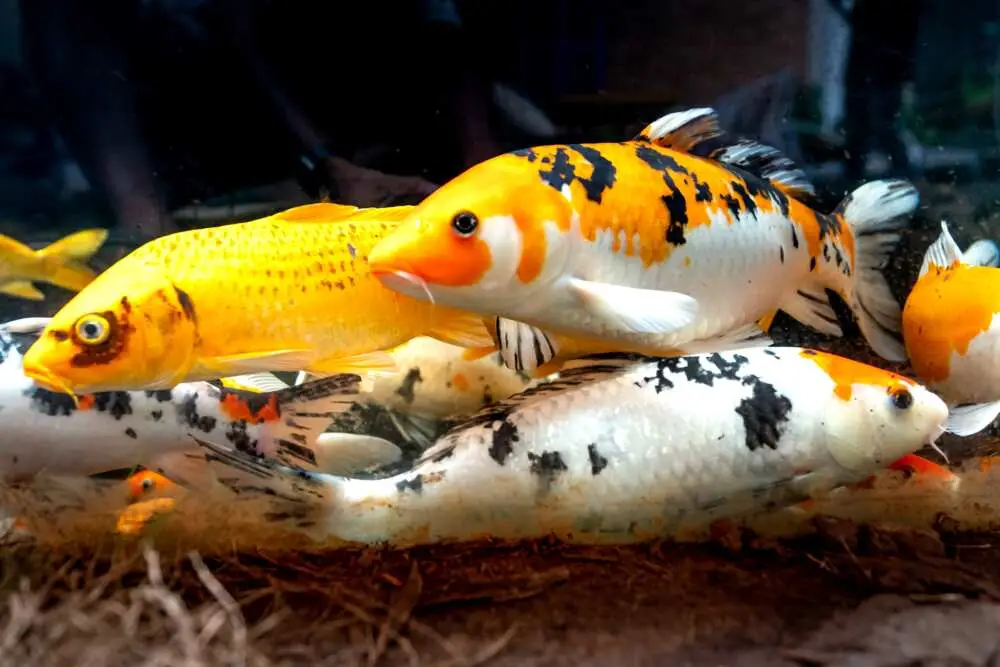
Dehydration can wreak havoc on the health and well-being of fish. It can impair their immune system, hinder their reproductive abilities, and even lead to organ failure. Keeping our finned companions properly hydrated is essential for their overall vitality and longevity.
When a fish becomes dehydrated, its immune system becomes compromised, making it more susceptible to diseases and infections. Without proper hydration, the fish’s body is unable to fight off pathogens and maintain a strong defense against illness.
In addition, dehydration can hinder a fish’s reproductive abilities. The lack of moisture in their bodies can disrupt the delicate balance of hormones and reproductive processes, leading to difficulties in breeding and spawning.
Furthermore, dehydration can have severe consequences for a fish’s organs. Without sufficient water, the organs may not receive the necessary hydration to function properly, leading to organ failure and potential death.
It is crucial for fish owners to ensure that their aquatic pets have access to clean and fresh water at all times to prevent dehydration and maintain optimal health.
Ensuring Proper Hydration for Pet Fish
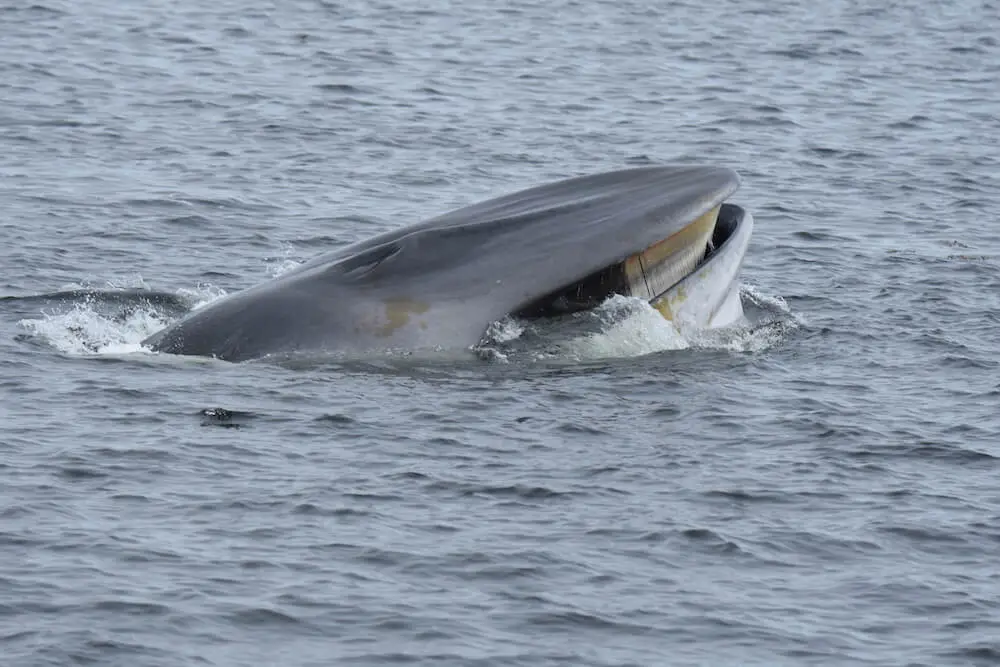
If you’re a fish owner, you’re probably wondering how to ensure your scaly friends stay adequately hydrated. Fear not! We’ve got you covered with some simple but essential tips.
Choosing the Right Water for Your Fish Tank
The water in your fish tank is the key to your fish’s hydration. Be sure to select the right type of water, whether it be freshwater or saltwater, depending on the needs of your fish species. It’s vital to replicate their natural habitat as closely as possible.
Monitoring and Maintaining Tank Water Quality
Regularly monitoring the water quality in your fish tank is crucial to keeping your fish healthy and hydrated. Maintain the proper pH levels, remove any accumulated waste or debris, and ensure proper filtration and aeration. Remember, clean water means happy, hydrated fish!
So, the next time you marvel at a fish gliding effortlessly through the water, you can appreciate the intricacy of their hydration habits. From gills to skin absorption, these amazing creatures have unique ways of staying hydrated in their watery world.
Whether they swim in freshwater or saltwater, keeping our fish properly hydrated is essential for their well-being.
So let’s dive into the fascinating world of fish hydration and ensure our aquatic friends are splashing through life happily hydrated!
Do Clown Triggerfish, Sea Urchins, Coral Reefs, and Picasso Triggerfish Drink Water?
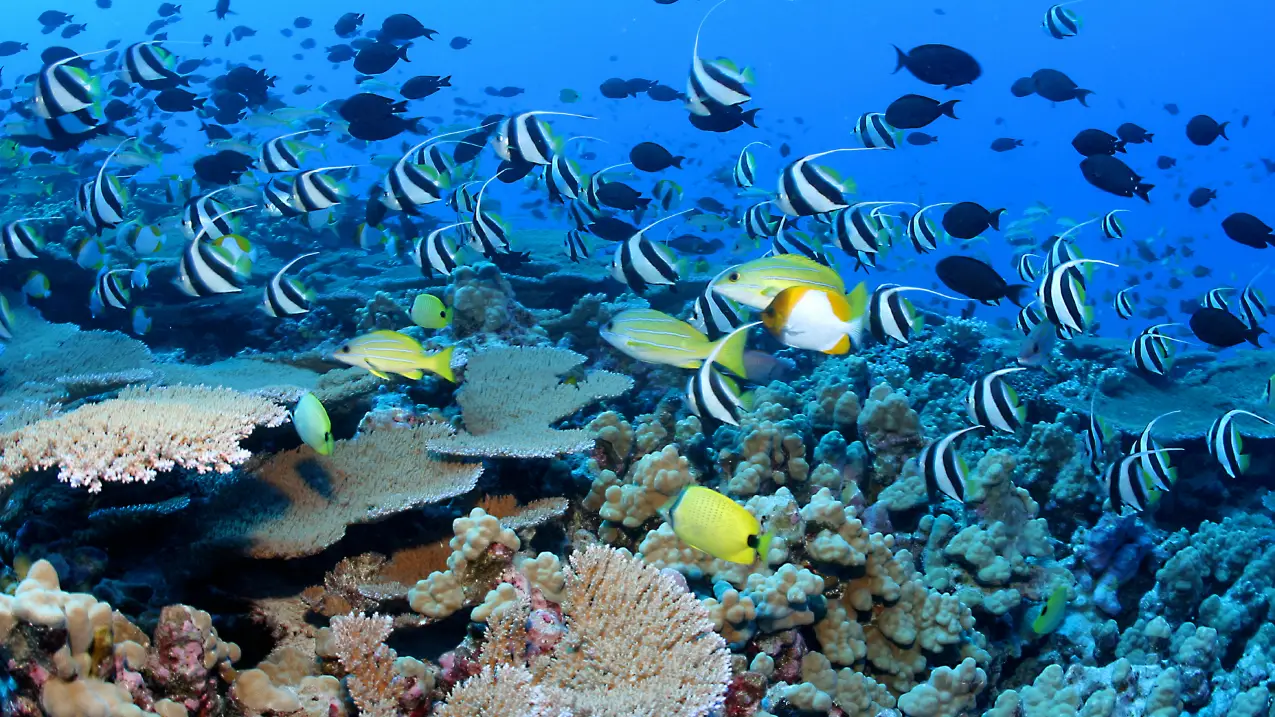
In the mesmerizing world of marine fishes, the behaviors and habits of various species, including the clown triggerfish, sea urchins, and picasso triggerfish, continue to captivate researchers and aquarium enthusiasts alike.
But do these fascinating creatures drink water?
Clown triggerfish (Balistoides conspicillum) is renowned for its striking appearance and vivid colors. Found in the Western Atlantic and subtropical waters, these fish are known for their powerful jaws and rarely aggressive behavior. While they do not drink water like mammals, they obtain moisture from their mixed diet, which includes small fish, crustaceans, and shrimp.
Sea urchins are invertebrates commonly found in shallow waters and coral reefs. These oval-shaped creatures play a vital role in reef ecosystems by grazing on algae. They absorb water through their tube feet to aid in respiration and movement.
Coral reefs are vibrant underwater ecosystems teeming with life. They host numerous species, including various triggerfish species, such as the picasso triggerfish (Rhinecanthus aculeatus). These fish use their powerful jaws to feed on crustaceans, small fish, and other invertebrates. While they don’t drink water in the traditional sense, they obtain hydration from their prey and the surrounding environment.
In marine aquariums, it’s crucial to create suitable tank conditions for these unique species. Providing ample room and compatible tank mates can reduce aggression and ensure their well-being.
Sea urchins, for example, serve as natural cleaners in reef tanks, while the crosshatch triggerfish (Xanthichthys mento) is known to make a distinctive grunting sound.
Conclusion
While these captivating marine creatures do not drink water as mammals do, they have evolved unique mechanisms to obtain hydration from their surroundings.
Understanding the habits and behaviors of these species not only enhances the enjoyment of aquarium enthusiasts but also contributes to the conservation of their natural habitats in the delicate and awe-inspiring realm of coral reefs and subtropical waters.

